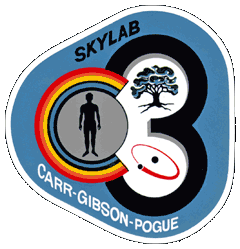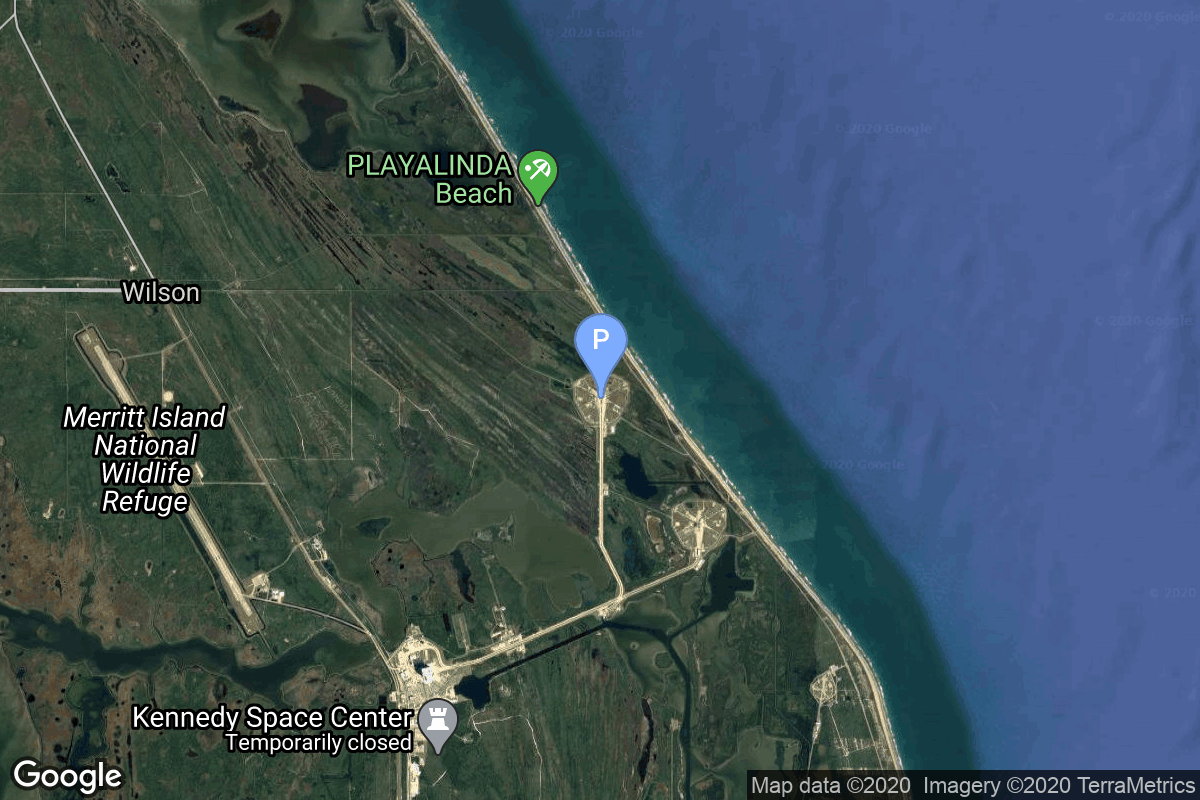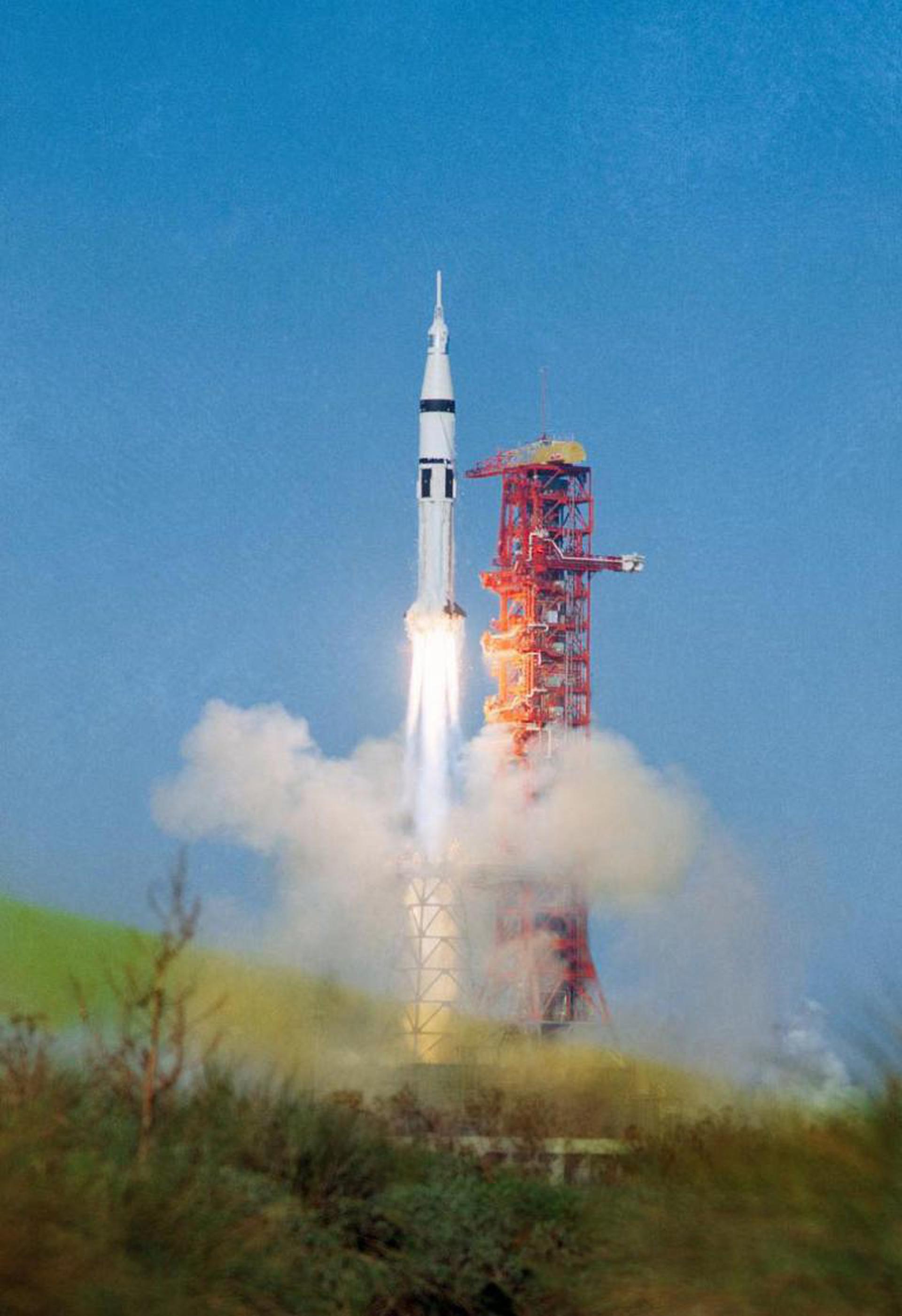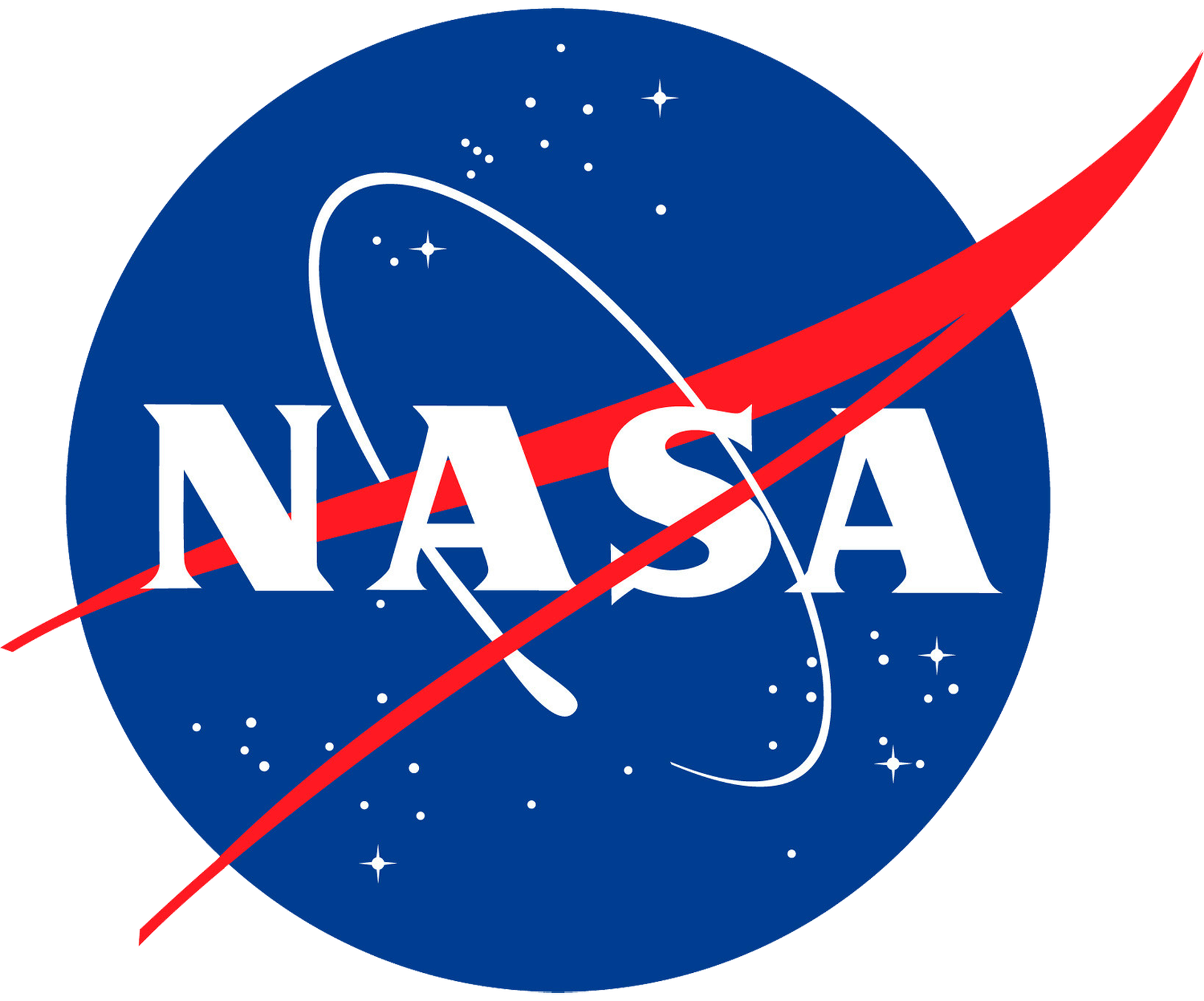Skylab 4
Saturn IB
National Aeronautics and Space Administration
Rocket Launch Video
Crew
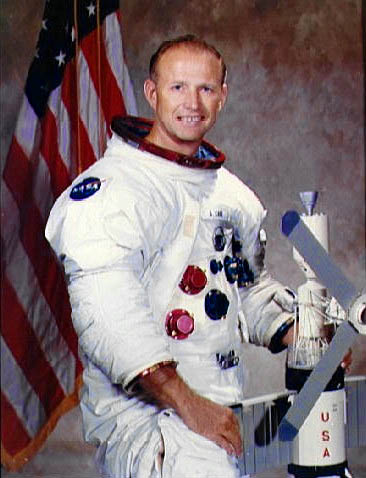
Gerald P. Carr
- Birthday: 08/22/1932
- Role: Commander
- Nationality: United States of America
- First Flight: 11/16/1973
- Last Flight: 11/16/1973
Gerald Paul Carr was an American mechanical and aeronautical engineer, former United States Marine Corps officer, naval aviat...
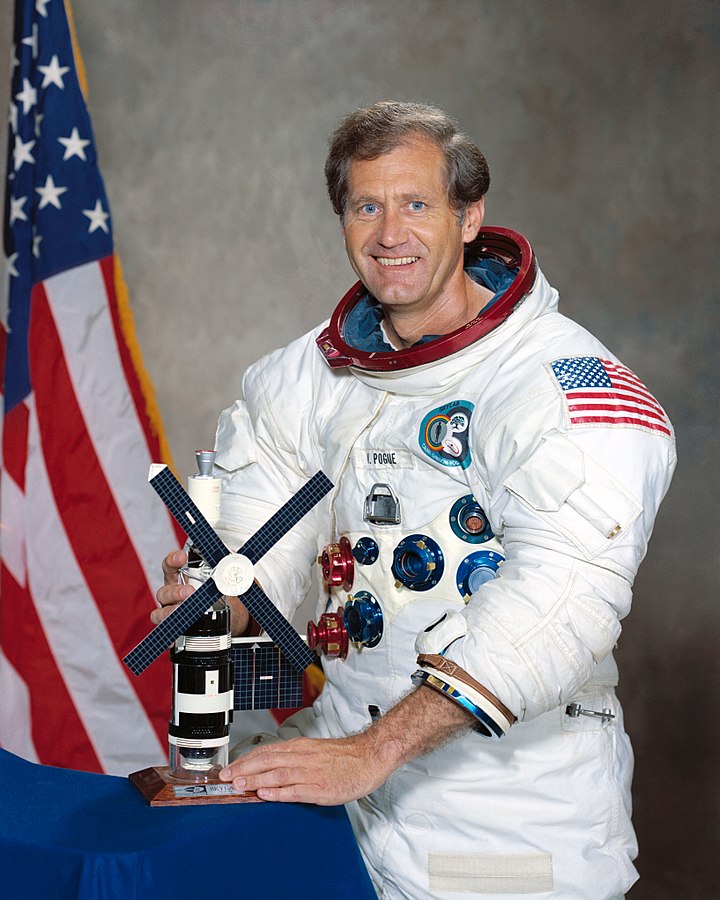
William R. Pogue
- Birthday: 01/23/1930
- Role: Pilot
- Nationality: United States of America
- First Flight: 11/16/1973
- Last Flight: 11/16/1973
William Reid Pogue was an American astronaut, U.S. Air Force fighter pilot, and test pilot who was also an accomplished teach...
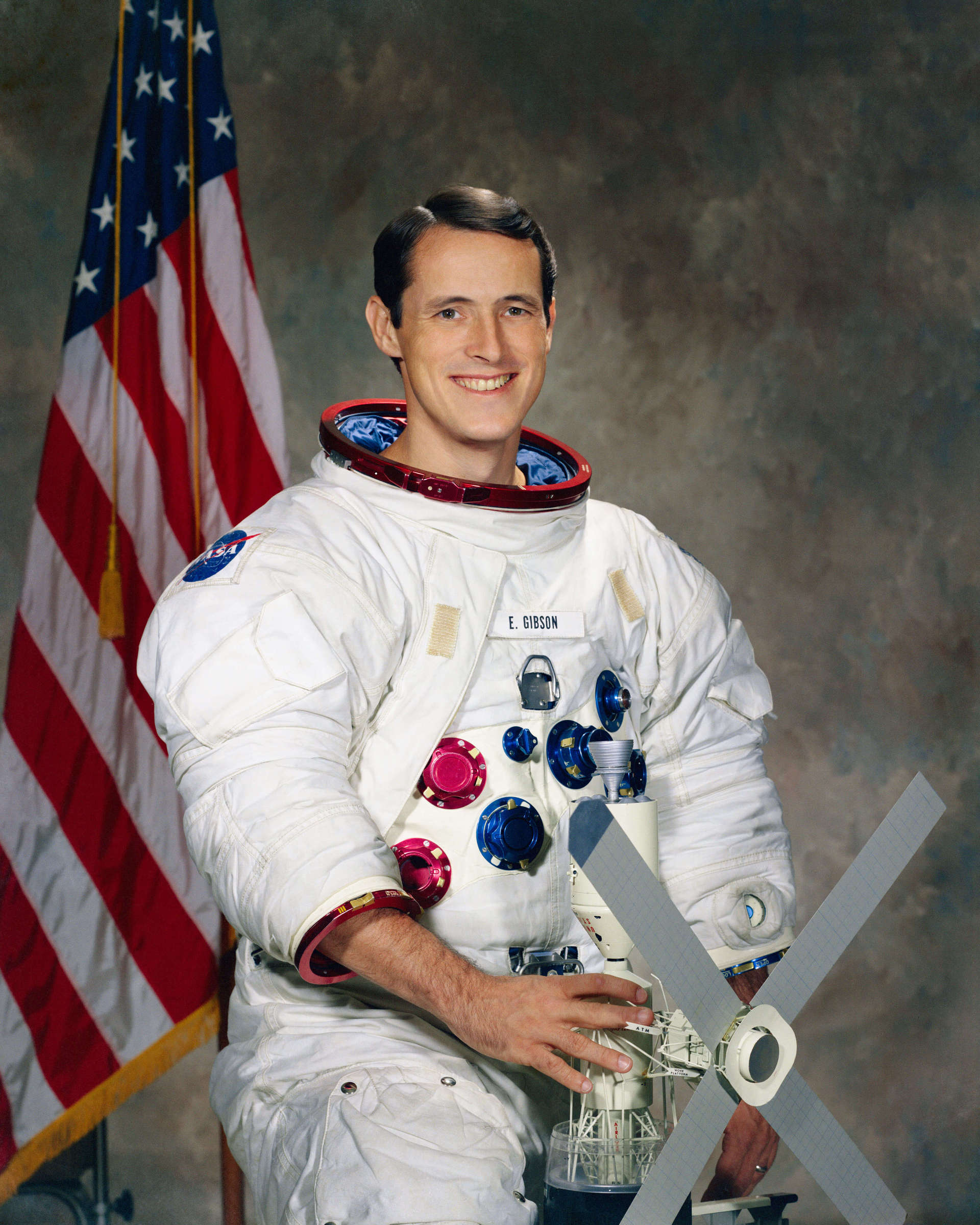
Edward Gibson
- Birthday: 11/08/1936
- Role: Science Pilot
- Nationality: United States of America
- First Flight: 11/16/1973
- Last Flight: 11/16/1973
Edward George Gibson is a former NASA astronaut, pilot, engineer, and physicist.
Before becoming a NASA astr...
Mission
Skylab 4
- Type: Human Exploration
- Orbit: Low Earth Orbit
Skylab 4 (also known as SL-4 or SLM-3) was the third and the last crewed mission to the first US orbital space station Skylab. The mission began on November 16, 1973, 14:01:23 UTC with the launch of a three-person crew. Crew members were the Commander Gerald P. Carr, Science Pilot Edward G. Gibson and William R. Pogue. During their 83-day stay on the station, crew performed Earth and solar observations. The mission ended successfully with the splashdown in the Pacific Ocean on February 8, 1974, 15:16:53 UTC.
Location
Launch Complex 39B
Kennedy Space Center, FL, USA
Find the best place to watch the launch from Florida
Launch Complex 39B has witnessed the launch of 58 rockets, including 57 orbital launch attempts. While Kennedy Space Center, FL, USA, has been the site for 266 rocket launches.
The John F. Kennedy Space Center, located on Merritt Island, Florida, is one of NASA's ten field centers. Since 1968, KSC has been NASA's primary launch center of American spaceflight, research, and technology. Launch operations for the Apollo, Skylab and Space Shuttle programs were carried out from Kennedy Space Center Launch Complex 39 and managed by KSC. Located on the east coast of Florida, KSC is adjacent to Cape Canaveral Space Force Station (CCSFS).
Rocket
National Aeronautics and Space Administration Saturn IB
The Saturn IB (pronounced "one B", also known as the Uprated Saturn I) was an American launch vehicle commissioned by the National Aeronautics and Space Administration (NASA) for the Apollo program. It replaced the S-IV second stage of the Saturn I with the much more powerful S-IVB, able to launch a partially fueled Apollo Command/Service Module (CSM) or a fully fueled Lunar Module (LM) into low Earth orbit for early flight tests before the larger Saturn V needed for lunar flight was ready.
Agency
National Aeronautics and Space Administration
The National Aeronautics and Space Administration is an independent agency of the executive branch of the United States federal government responsible for the civilian space program, as well as aeronautics and aerospace research. NASA have many launch facilities but most are inactive. The most commonly used pad will be LC-39B at Kennedy Space Center in Florida.
